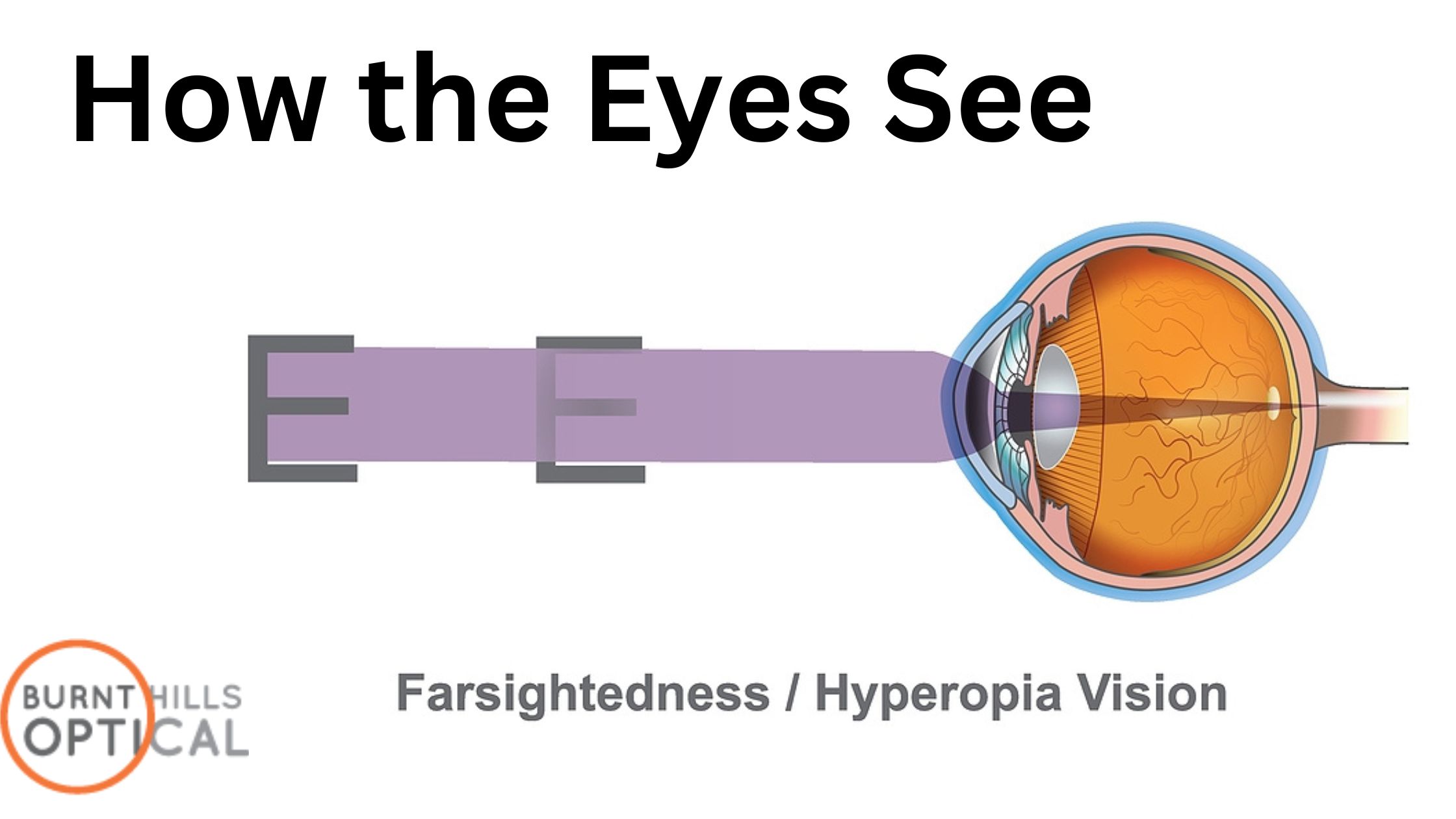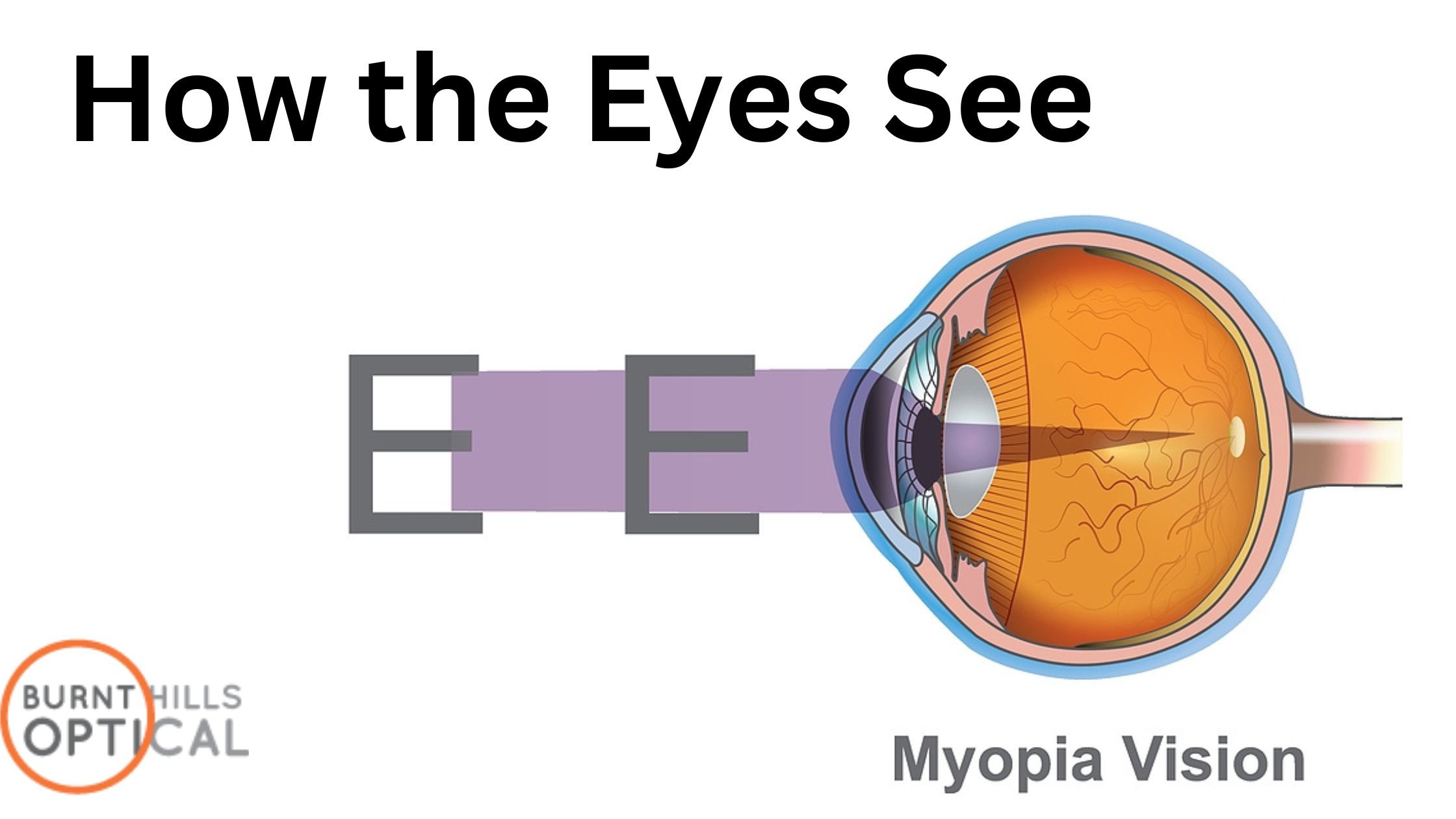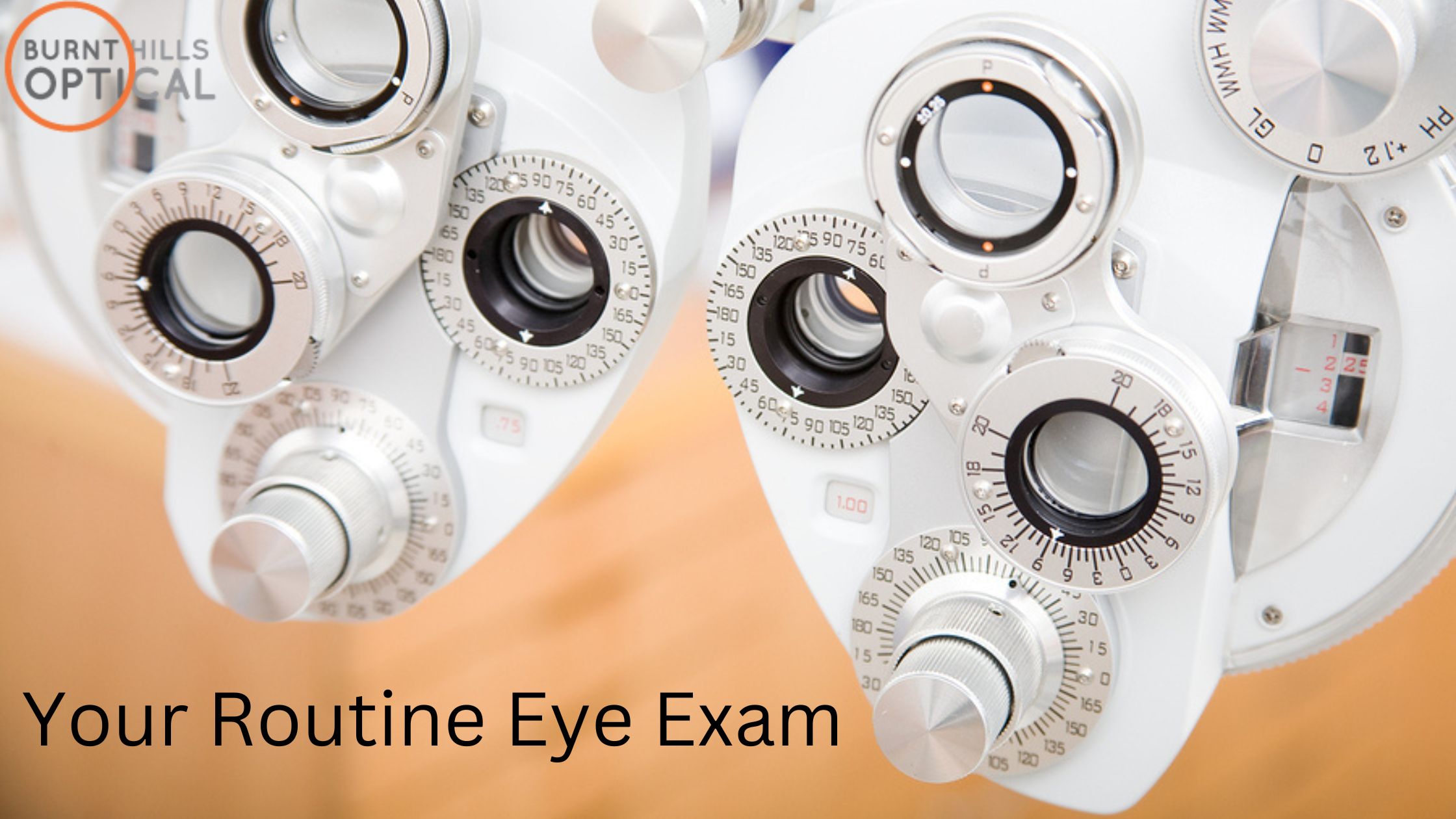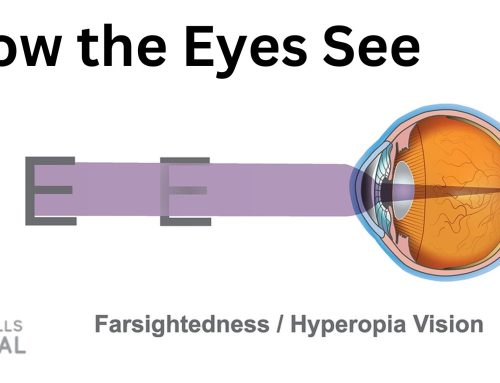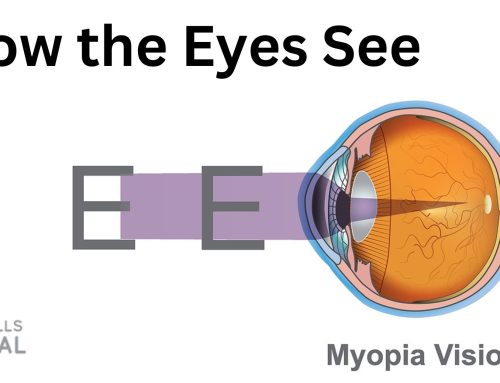An estimated 2.7 million Americans over the age of 40 have glaucoma and half of them don’t know they have it. Glaucoma refers to a group of eye conditions that lead to damage of the optic nerve. If this optic nerve gets damaged, the visual information can’t travel to the brain.
What is glaucoma?
The eye has a built-in drainage system for the fluid to leave the eye, and is constantly producing fluid to keep it nourished . In a healthy eye, there is a balance between the amount of fluid produced and the amount of fluid that leaves the eye.
If the eye produces fluid too quickly, or this drainage system becomes blocked, the fluid builds up, increasing pressure within the eye. The optic nerve, which is located at the back of the eye and sends information to the brain, is most susceptible to damage from elevated intraocular pressure. And when the optic nerve is damaged, it can cause permanent vision loss.
The Signs and Symptoms of Glaucoma
The most common type of glaucoma is open-angle glaucoma, which develops gradually as the eye’s drainage canals become clogged over time. When symptoms do emerge, many people fail to notice the gradual change in their eyesight. At first, there is a loss of peripheral vision, as if looking through a tunnel where the outer edges of vision start to fade away. Over time, the disease will affect central vision as well and the tunnel narrows, potentially leading to serious vision loss or even blindness. Other symptoms of open-angle glaucoma include halos around lights and increased sensitivity to light.
Angle-closure glaucoma is a rare, serious type of glaucoma that develops very quickly and without warning as the drainage canals close and intraocular pressure rises dangerously. The symptoms of angle-closure glaucoma are more noticeable and include severe pain in the eye and head, accompanied by nausea and vomiting. Other symptoms include hazy or blurry vision, circles around bright lights and sudden loss of sight. (If you experience any of the symptoms of angle-closure glaucoma, you should go to the emergency room for immediate attention, as this is considered a medical emergency and your eyesight is at risk.)
Anyone can develop glaucoma; however, some people are at greater risk. Because glaucoma is often asymptomatic, it is usually detected through a routine eye exam. If the doctor finds high eye pressure or sees damage to the optic nerve, comprehensive eye tests will be conducted to confirm the diagnosis.
There is no cure for glaucoma—yet. However, medication or surgery can slow or prevent further vision loss. The appropriate treatment depends upon the type of glaucoma among other factors. Early detection is vital to stopping the progress of the disease.
If diagnosed with glaucoma, the first step in treatment is to assess the intraocular pressure. Topical eye drops can lower eye pressure by 30 percent, which may be enough. Vigilant use of these drops is vital to achieving maximum results. While glaucoma can have dire consequences if left untreated, the current treatment options are highly effective as long as the condition is diagnosed early and medications are used diligently.
Don’t skip your regular eye exams. Early detection and intervention are essential for treating glaucoma and protecting your precious eyesight for the rest of your life.
If you have any questions about this article or any other eye care issues, you can always ask us on our Facebook page. We promise a prompt response and would be happy to help ensure the health and well-being of your vision.


